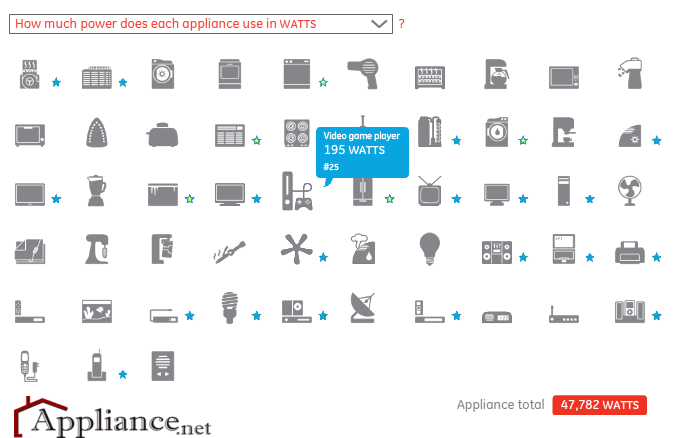Samsung’s new home appliance product line for 2010 includes a front-loading washer with a spacious 5.0 cu.ft. capacity and a new intense PowerFoam cleaning technology, a new Four-Door Refrigerator with a unique mid-drawer positioned at counter height that opens to the outside and has independent temperature control, a new line of side-by-side refrigerators highlighted by the best in class energy efficiency, and the first hybrid induction range.
The new washer, offers a spacious 5.0 cu.ft. capacity to help get more wash done in less time. It also features the newly improved Vibration Reduction Technology Plus, which reduces rattling and noise, making it so families hardly know they’re on and allowing them to put their laundry machines anywhere they prefer. Samsung hopes to eliminate the need for all those stain-treatment sticks with the new PowerFoam feature that pre-dissolves detergent into powerful foam for a more thorough washing. In addition, PureCycle alerts consumers with a gentle chime after 40 washes and allows consumers to clean their machine with the press of a button using hot water, not harsh chemicals. These are both available in colors stainless platinum or white, and prices range from $1,399-$1,549.
Samsung’s Four-Door Refrigerator offers a counter-height FlexZone Drawer with Temperature Control and SmartDivider that is accessible to everyone in the family. The flexible mid-drawer opens separately from the exterior of the refrigerator, ensuring that no cold air is lost from the main refrigerator or freezer compartments. The drawer itself can be temperature-controlled to store different types of food including snacks, party platters, deli meats, or beverages, and the Smart Divider allows families to adjust how the drawer is organized. It’s proprietary Twin Cooling System Plus keeps food fresh by eliminating odor transfer and maintaining optimal humidity levels in each compartment. It is available in stainless platinum, stainless steel, black and white for $2,699-$2,999.
Samsung’s new Energy Efficient Side-By-Side Refrigerators, are among the most energy efficient refrigerators on the market. Through a combination of features such as a proprietary insulation system, electric temperature sensors, LED tower lighting, and Samsung’s Twin Cooling System, the new side-by-side refrigerators can use up to 30 percent less energy than Department of Energy minimum standards. It is available in black, white, stainless steel, stainless platinum for $999-$1,799.


